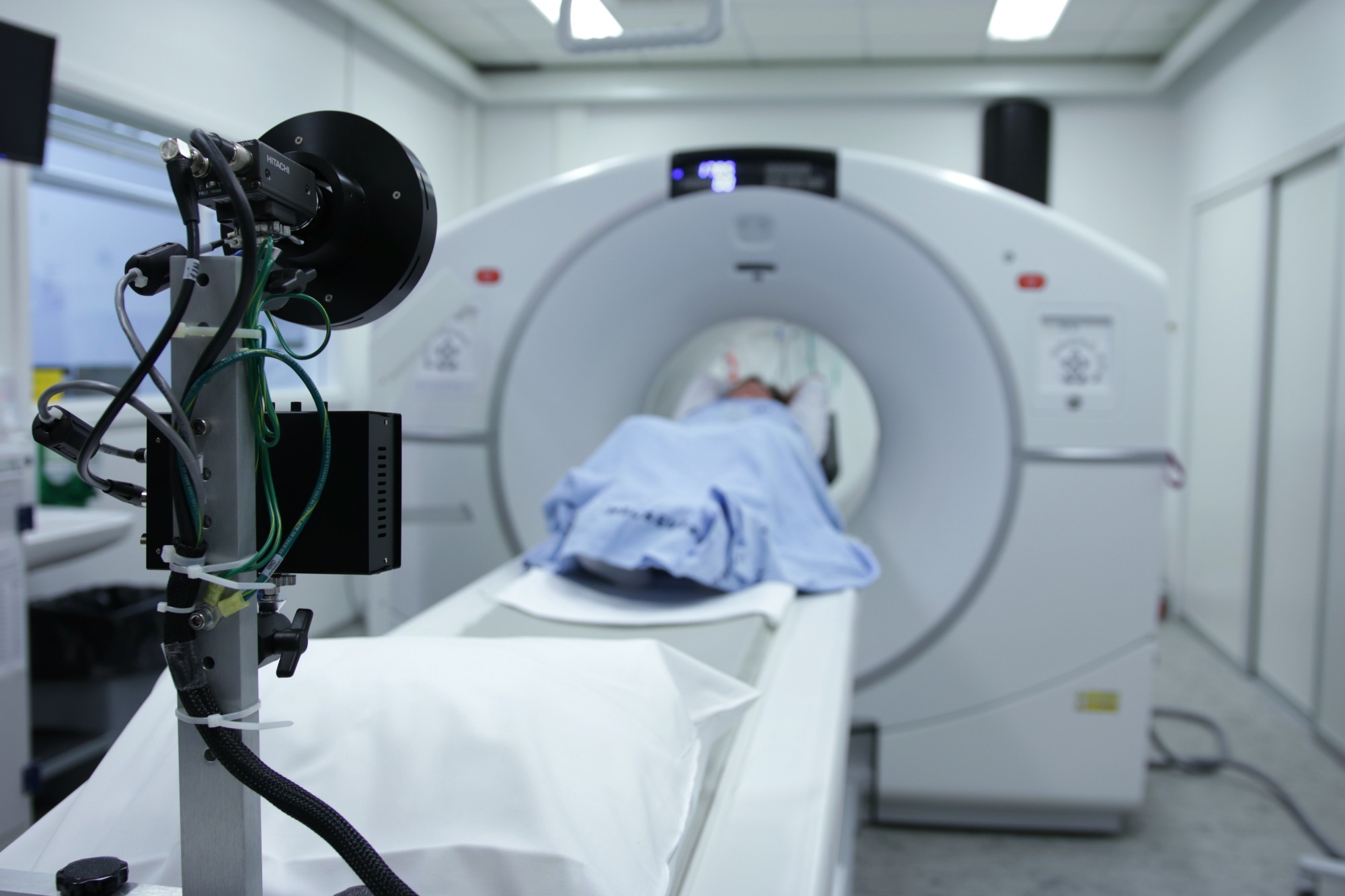
Want to know about one of the unsung heroes of the medical industry?
Carbon fiber has made its way into everyday medical practice. It transforms the lives of a wide variety of patients, making it easier for them to recover from injuries and resume their daily lives.
But how does the medical industry use carbon fiber?
Below, we’ll get into how carbon fiber properties have advanced the impact of medical services. Keep reading to learn more about this fascinating subject!
The Advantages of Carbon Fiber in the Medical Industry
Carbon fiber is lighter and stronger than steel. It starts out as a sheet, which then gets shaped into durable and lightweight structures. In fact, it’s more durable than most metals. It even out-performs titanium in this regard.
It can get molded into complex shapes, too. All these properties make it perfect for many industries, including aerospace and the automotive field.
Carbon fiber has many elements that make it especially attractive to the medical industry, though.
Medical Imaging
Medical imaging devices could not do their jobs without carbon fiber.
When a patient goes in for a CT scan or X-ray, they may need a bed to lie on. These machines use radiation to penetrate the layers of the skin and take images of what’s going on beneath it. However, if the bed beneath the patient isn’t made of the right material, the radiation won’t pass through. As such, the devices won’t get to capture anything.
Carbon fiber is radiolucent. This means the radiation can pass through a carbon fiber bed, rendering better images. Many hospitals use carbon fiber beds for this purpose.
Prosthetics
Carbon fiber has transformed the world of prosthetics.
Its lightness and durability have made it a preferred material for prosthetic manufacturers. In fact, many prosthetic companies are now making limbs and sockets out of carbon fiber.
Even 3D printing machines use carbon fiber to create prosthetics.
This serves athletes with a disability especially well. Some athletes report a greater dynamic response from carbon fiber prosthetics.
Implants
Once a person gets implants, the body needs to accept them Carbon fiber has proven exceptional at integrating into the body. This makes it ideal for implants.
It also strengthens bone while prompting the formation of new tissue. It’s also perfect for bone screws, as it has the same weight and density as bone.
Ironically, though, carbon fiber implants are not radiolucent. So, if a person needs routine X-rays, this material is not recommended.
Want Carbon Fiber Products?
Carbon fiber products have been at the forefront of several different industries. This makes it an important component for many companies.
If you’re in the medical industry, you’ll need to stay on top of the latest developments in carbon fiber devices. Our team works with medical carbon fiber to produce high-quality products for your clinic or hospital.
Want to learn more? Contact us today to speak to a member of our team!
